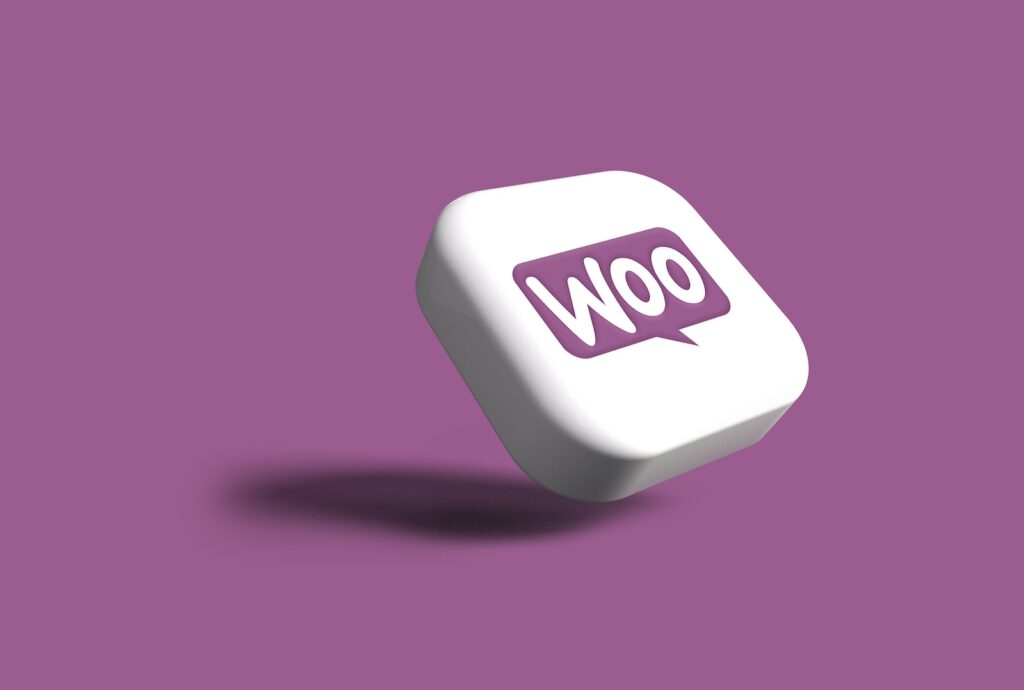Setting Up a WooCommerce Shop for Physical Products: A Comprehensive Guide for Small Business Owners

Setting Up a WooCommerce Shop for Physical Products: A Comprehensive Guide for Small Business Owners If you’re looking to set up a WooCommerce shop for physical products, you’ll need to make sure you have all the necessary information before getting started. From product details to shipping methods, there are many aspects to consider when creating a successful online store. In this blog, we’ll break down what information is needed when setting up a WooCommerce shop for shippable physical products. Product Information Product Descriptions: When creating product descriptions, consider the key features of your product. What makes it unique? Why should customers buy it? Highlight these features in your product descriptions. Consider including sizing charts for clothing, detailed ingredient lists for beauty products, or instructions for assembly if your product requires it. Use language that speaks directly to your target audience and focuses on the benefits of your product. When setting up a product in WooCommerce, there are two sections for product descriptions: the short description and the long description. The short description is typically a brief overview of the product and its key features. It’s displayed on the product page below the product title and above the “Add to cart” button. The short description is meant to be a quick and easy way for customers to understand what the product is and what it does. The long description, on the other hand, is a more detailed description of the product. It’s displayed below the short description on the product page and provides additional information about the product, such as dimensions, materials, and care instructions. The long description can be as long or as short as necessary, and can include images, videos, and other media. Both the short description and the long description are important for providing customers with the information they need to make an informed purchasing decision. When writing your product descriptions, consider your target audience and what they’re looking for in a product. Use clear and concise language, and avoid using industry jargon that customers may not understand. Pricing: Pricing can be tricky, especially when you’re first starting out. Do some market research and see what other similar products are selling for. Take into account the cost of manufacturing, packaging, and shipping when setting your prices. Consider offering different price points for different sizes or colors of your products. You could also offer bundle deals or seasonal discounts to incentivize customers to make a purchase. Images: Product images are the first thing customers will see when browsing your store, so it’s important to make them high-quality and eye-catching. Use a professional camera or hire a photographer to take your product photos. Make sure your images are well-lit and showcase your product from multiple angles. Consider adding lifestyle photos or product demos to give customers a better idea of how your product works. Inventory Management Inventory Management Options: Inventory management can be overwhelming, especially if you have a lot of products to keep track of. WooCommerce offers several inventory management options, including setting product stock levels and allowing backorders. You can also set up low stock alerts so you’re notified when it’s time to restock. Consider using a third-party inventory management plugin to streamline the process. Stock Alerts: Stock alerts are crucial if you want to avoid running out of stock. WooCommerce allows you to set up low stock alerts so you’re notified when your inventory reaches a certain threshold. You can also use a third-party plugin like Zapier or Slack to receive notifications via email, text message, or even through your team’s communication tool. Shipping Information Shipping Methods: There are several shipping methods to choose from when setting up your WooCommerce shop. Consider offering free shipping for orders over a certain amount, or flat-rate shipping for all orders. You could also offer different shipping options, such as expedited shipping for customers who need their products quickly. Keep in mind that some products may require special handling, such as fragile or perishable items. Shipping Zones: You’ll need to determine which shipping zones you’ll offer, based on your target audience and shipping costs. Local, national, and international shipping are all options, but keep in mind that international shipping can be costly and may require additional paperwork. Consider offering free local pickup for customers in your area to save on shipping costs. Shipping Costs: Shipping costs can vary widely depending on the size and weight of your products, as well as the shipping method and destination. Consider using a shipping calculator to provide customers with accurate shipping costs based on their location and order size. You could also offer free shipping for orders over a certain amount, or flat-rate shipping for all orders. Payment and Tax Information Payment Methods: When setting up your WooCommerce shop, you’ll need to decide which payment methods you’ll accept. WooCommerce offers several payment methods, including PayPal, credit card payments, and bank transfers. It’s important to consider which payment methods your target audience is most likely to use and make sure your payment gateway is set up correctly. Payment Gateways: Payment gateways are the tools that allow your online store to process payments from customers. They act as a bridge between your website and the customer’s bank, ensuring that payments are securely processed and funds are transferred to your account. WooCommerce offers several payment gateway options, including PayPal, Stripe, and Authorize.net. Each payment gateway has its own set of features and fees, so it’s important to choose the one that best meets your business needs. PayPal is one of the most popular payment gateways and offers both buyer and seller protection. Customers can use their PayPal account or a credit card to make a payment, and the funds are deposited directly into your PayPal account. Stripe is probably the most popular payment gateway that allows customers to pay with a credit or debit card. Stripe also offers fraud detection and prevention features, making it a secure payment option for both customers and sellers. Taxes: Tax laws


